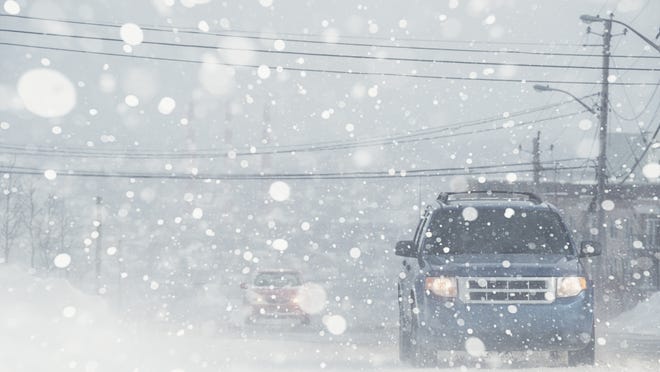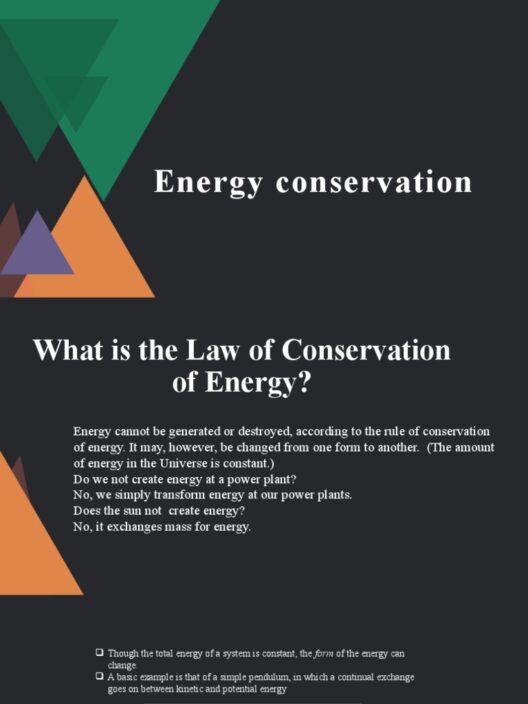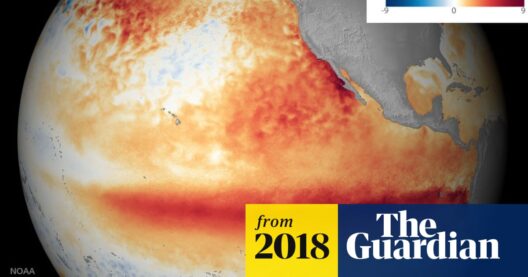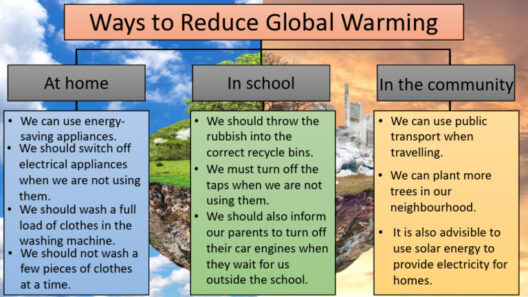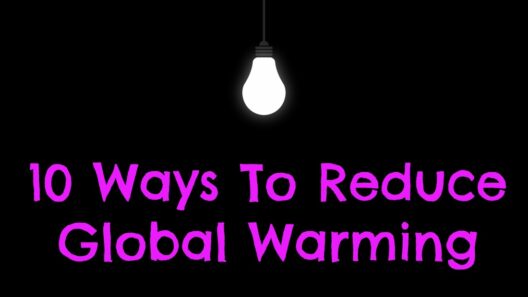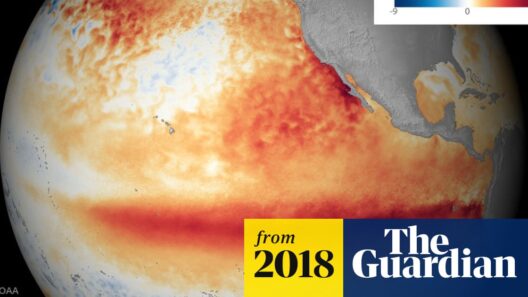As winter settles in, the picturesque allure of snow-laden landscapes often captivates our attention. However, beneath this enchanting façade lies a perplexing paradox. While some regions experience a surge in snowfall, others grapple with unrelenting warmth. This dissonance raises crucial questions: How can we reconcile the occurrence of winter storms and blizzards with the phenomenon of global warming? Understanding the complexities of climate change is imperative in deciphering this winter dichotomy.
At the heart of these winter mysteries is the concept of atmospheric variability. This term refers to the dynamic nature of the atmosphere, where fluctuations in temperature, precipitation, and pressure influence weather patterns. Our planet’s climate is a tapestry woven from countless threads of atmospheric interactions. The Arctic region, for instance, has been warming at an alarming rate, resulting in dramatic shifts in the jet stream—an air current that shapes weather systems across the globe. When the jet stream becomes erratic, it can lead to extreme winter conditions in areas that would typically remain temperate.
In regions like the northeastern United States, this erratic behavior often manifests as polar vortex disturbances. During winter, the polar vortex, a circulation of strong winds surrounding the Arctic, can weaken, allowing frigid air to plunge southward. This influx of cold air can coincide with moisture-laden systems, culminating in significant snowfall. Thus, what appears to be a contradiction to the global warming narrative is merely an example of climate change’s multifaceted effects. Cold temperatures, coupled with increased moisture availability, can still generate intense winter storms even as average global temperatures rise.
Moreover, the phenomenon of moisture retention in a warming atmosphere cannot be overlooked. Warmer air holds more moisture, leading to heavier precipitation events. This increased moisture is a direct consequence of rising sea temperatures and altered atmospheric conditions. When conditions are ripe, this heightened moisture can coalesce into prodigious snowfalls, even in locales that are experiencing a warming trend overall. Conversely, milder winters in certain regions may go hand in hand with less snow accumulation, showcasing the intricate balance of climatic forces at play.
Furthermore, understanding regional responses to global warming is critical in this discussion. While mountainous terrains often witness increased snowfall as temperature fluctuations trigger more significant winter storms, lower-lying areas may experience the opposite. For instance, states in the southeastern U.S. are witnessing diminishing snow cover, leading to heightened concerns over water resources and ecosystem health. Seasonal snowfall traditionally replenished rivers and aquifers; therefore, the reduction of snow can pose threats to agricultural practices and natural habitats.
In addition, it is essential to engage in an exploration of climate feedback mechanisms. These are processes that can amplify or diminish the effects of climate change. For instance, when snow and ice melt as temperatures rise, the Earth’s surface becomes darker, causing it to absorb more sunlight. This absorption accelerates warming, leading to further melting in a self-reinforcing cycle. The implications of such feedback mechanisms can be dire—resulting in less predictable weather patterns, including winter snow anomalies.
As we navigate these complex interrelations, it is vital to address the societal impacts of global warming and its winter mysteries. Public perception often diverges, with some individuals questioning the legitimacy of climate change based on their winter experiences. Media narratives sometimes perpetuate the idea that cold snaps are definitive evidence against climate change, thereby obscuring the broader trends we witness globally. Educational initiatives, public discourse, and transparent communication of climate science are essential tools to mitigate misunderstandings and foster a well-informed populace.
The intersection of climate change and winter weather also holds vast implications for policymaking. A nuanced understanding is pivotal for formulating effective climate actions, especially in regions that experience extreme weather shifts. For example, communities impacted by heavy snowfalls must develop robust infrastructure to contend with the accompanying challenges of increased snowfall while simultaneously addressing long-term climate vulnerabilities. Furthermore, as economic consequences unfold, an emphasis on sustainability and resiliency will be paramount.
In addition to policies encompassing infrastructure, citizens can contribute to climate action through individual choices. Promoting eco-friendly practices, engaging in community programs that plant trees, and advocating for renewable energy sources are just a few strategies to combat climate change. By shrinking our carbon footprints and building awareness, we can work collectively towards mitigating the effects of global warming on winter weather patterns.
In conclusion, as we attempt to decode the enigma of global warming’s winter manifestations, we arrive at a central truth: climate change presents a complex tapestry interwoven with myriad factors affecting our environment. The occurrence of heavy snowfall in winter, juxtaposed with rising global temperatures, necessitates a comprehensive understanding of atmospheric dynamics, regional climate responses, and the inherent feedback loops at play. It is not merely a matter of ‘more snow, less sense’; rather, it reflects the intricate web of interactions characterizing our ever-evolving planet. Fostering informed dialogues around climate challenges, both locally and globally, will be pivotal in shaping a sustainable future.



